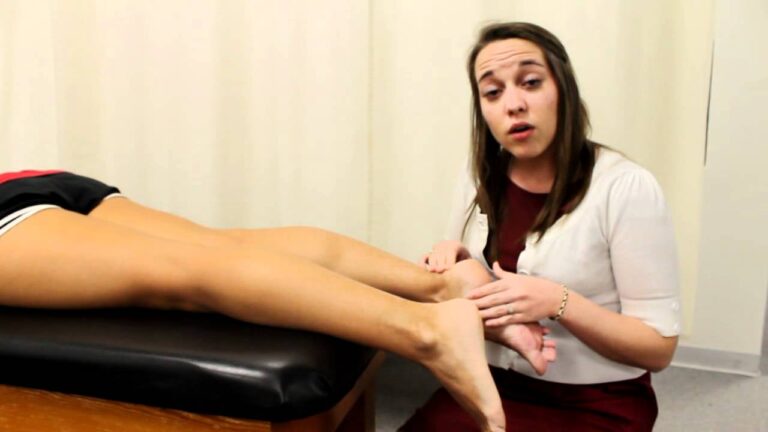Test for the posterolateral rotary instability of knee :
- This test is apply by the therapist or doctor for the check the instability of knee.
- This test is apply when the patient is complain of Knee pain around to knee area .
- Test is do the during of the examination part of the assessment .
- Two test for this instability :-
- Active posterolateral drawer sign
- Dynamic posterior shift test
Purpose of the both test :
- This both test are used to for to check the posterolateral rotary instability of knee .
Some instruction for both test :
- During to performing of both test examiner is must looking for the abnormal posterior of the lateral side of the tibia .
- As with to posteromedial rotation , the examiner must always be aware that positioning the leg because gravity may cause the lateral tibia to drop back .
- So that this condition is lead to false – positive ALRI means anterolateral rotary instability .
- But in fact the problem is actually a PLRI means posterolateral rotary instability .
Active posterior lateral drawer sign :
Technique of performance of test :-
- Patient position for to test is sitting .
- In the sitting foot is on the floor in neutral position .
- Then do the knee flex up to 80′ to 90′.
- After that asked to patient do the isometrically contract to hamstring muscles mostly of lateral one means biceps femoris muscle .
- On this time examiner is stabilizes the foot .
Interpretation of the test :-
- A positive test is indicate to posterolateral rotatory instability .
- It is also indicate to posterior sublaxions of the lateral tibial plateaus .
Dynamic posterior shift test :
Technique of performance of test :-

- Patient position for the test is supine .
- Then the examiner is flex the hip &knee of the test leg to 90 ‘ with the femur in neutral rotation .
- With the one hand of examiner is stabilizes the anterior thigh while the other hand is extended to knee .
Interpretation of the test :-
- A positive test is indicate to posterolateral rotatory instability .
- It is also indicate to posterior instability of knee .
- If the patient complain to pain around of knee before to accomplished of the knee extension ; so decreases to hip flexion but must be keep to hamstring tight .







